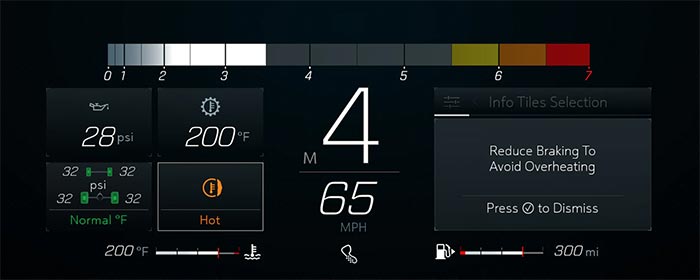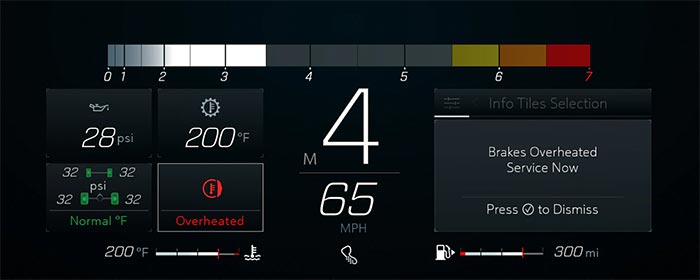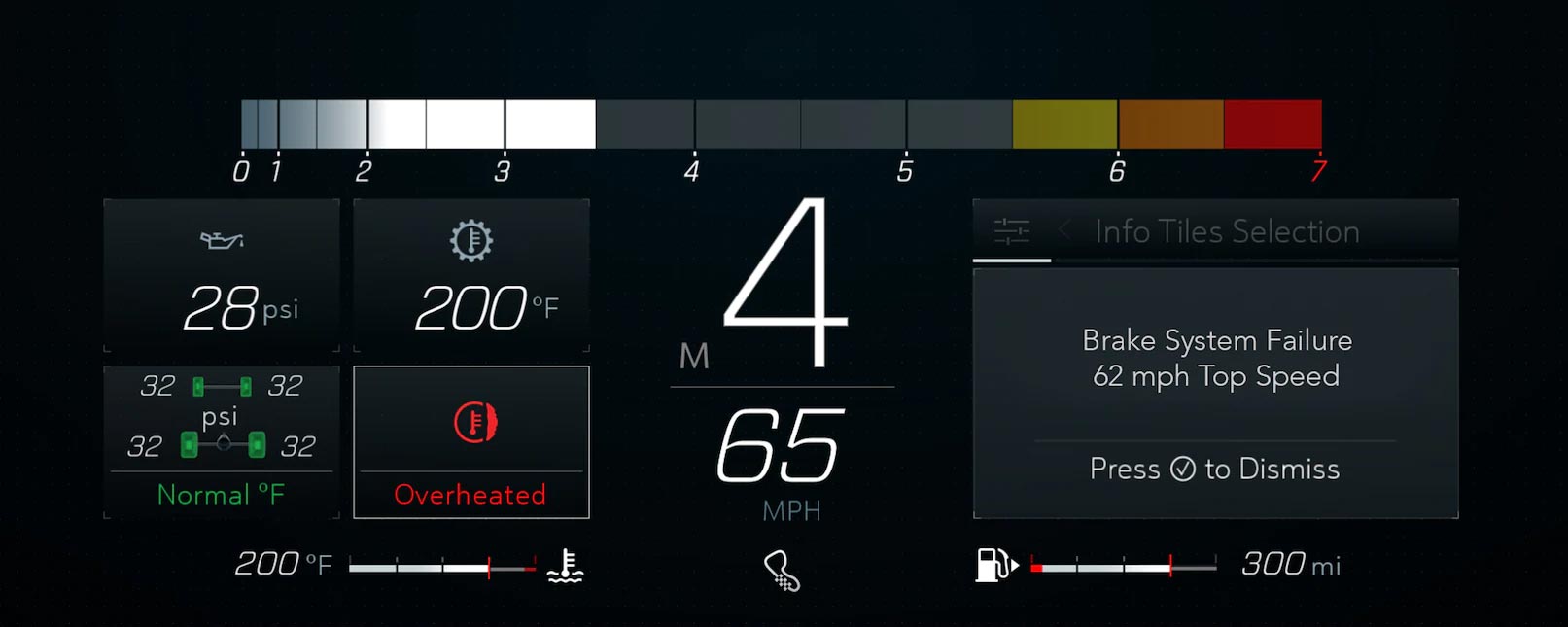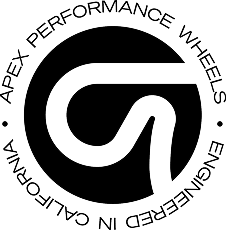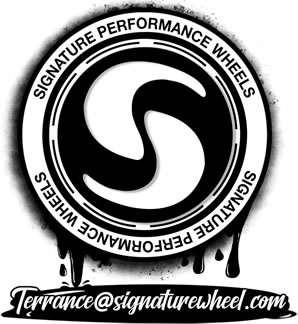Hello Sonny200.
The below information is my track experience with a CT4V-BW MT6 with CF1&2. Obviously, the CT5V-BW will be somewhat different. However, it is heavier, bigger, and had a lot more horsepower and therefore, top-end speed on tracks with long straights.
I have been to 5 track events so far this year and one last year with this vehicle. My experience is that you will need to do a significant amount of maintenance when you track your car. If you have not been to the track with your 5BW, then follow the attached document's guidance.
You MUST do the brake fluid change, I went with Castrol SRF.
You should also do the front suspension track config and a track alignment, otherwise you will literally burn up your front tires. I did not do that and I shredded the front driver side in 3 track days (18) 20-minute sessions. FYI, Cadillac states 100 miles of track use for the OEM tires with the track prep. Therefore, I way over-exceeded the official specs even with the stock configuration.
Below is my suggestion based on my experience to date, information from SpringMountain (been there for 2 classes), and official Cadillac information from the Owners Manual and Service Manuals. However, I am still a new driver, 3 years doing HPDE, and I am not a mechanic.
1. Follow the official break-in process.
2. Oil change and Rear Diff (eLSD) fluid change
3. If you have a Manual Transmission change out the fluid after the break-in
4. Get the brake fluid upgraded to a track version - Castrol, StropTech, Motul
5. Install the optional "track" brake ducks
6. Perform the track alignment process - strut adjustment and track alignment
Tracking your Cadillac is going to be expensive on maintenance!
I am learning that the hard way. It seems that it is going to run at least $1500 per track day when you consider the consumables - tires, brake pads, rotors, and fluid changes. This cost does not include the general wear and beating on the engine or other parts of the vehicle like paint chips, CF components, etc. I am planning on changing out the front tires after 5 track days for the fronts and 10 track days for the rear tires. I am currently getting a vibration when stopping, so I likely wrapped the front rotors doing 135MPH hard stops. Front rotor replacement is likely going to be at least $1800. I am waiting on a quote. I will have a pretty good idea of the track running costs for my CT4V-BW by the end of the year, as I have 13 more track days scheduled for the Cadillac.
When you add in HPDE registration and track insurance costs, I think I might go back to "arrive and drive" with BMW and Mercedes AMG next year, and limit my Blackwing HPDE sessions. If I am right on $1500 consumables/track day, + $500 track insurance/track day, + $350 HPDE registration; then the total track day cost is well above $2000/day. An AMG 2-day session at a top-tier track like COTA, Somona, or Road Atlanta is $5K with instructors. The travel costs to those tracks (airfare, hotel, and car rental) is what tips the scale back to doing a local HPDE event.

